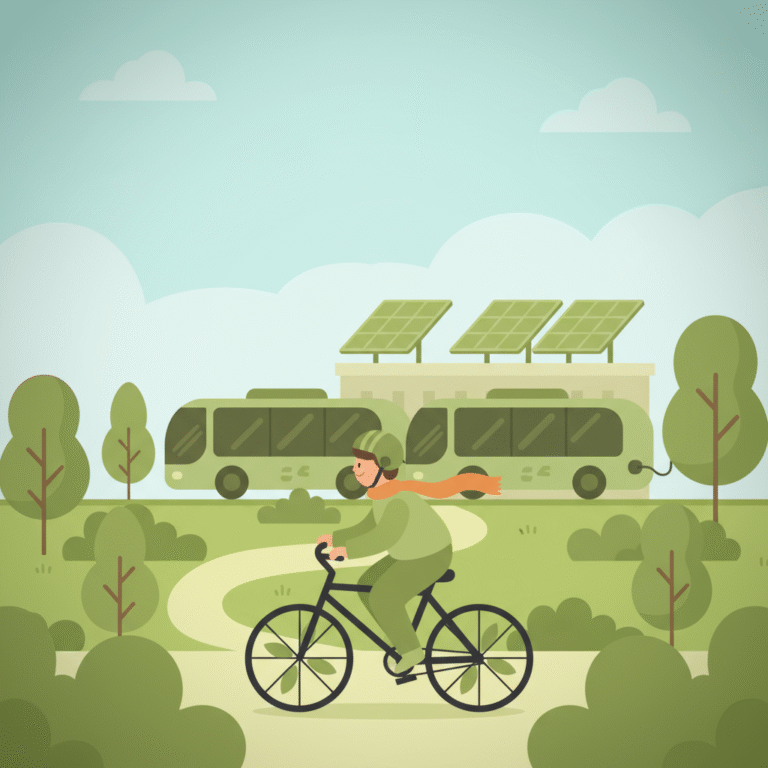Single-use plastics pose a significant threat to wildlife, from marine animals mistaking plastic for food to land animals suffering from plastic pollution in their habitat. As an animal rights activist, it can sometimes feel overwhelming to tackle the huge problem of plastic waste.
But the good news is that by adopting a few simple daily habits, you can make a meaningful impact in reducing single use plastics and protecting animals. These habits are easy to integrate into your everyday life and build momentum toward a cleaner environment.
In this article, you will discover three powerful daily habits that animal rights activists can use to reduce their own plastic footprint and inspire those around them to do the same.
Your 3 Daily Habits to Reduce Single Use Plastics
Habit 1 — Carry Reusables Everywhere
Why: A huge share of plastic pollution comes from single-use items like bags, bottles, and straws. Using reusable versions drastically cuts down the plastic you use daily.
How: Keep reusable shopping bags, stainless steel water bottles, and reusable straws in your car, backpack, or handbag so you always have them when needed.
Cue: Before leaving your home or office, check your bag for your reusable items as part of your grab-and-go routine.
Habit 2 — Choose Plastic-Free Alternatives at Every Opportunity
Why: Many products come wrapped in plastic or contain microplastics harmful to animals and ecosystems.
How: Opt for unpackaged produce, bring your own containers for bulk or takeout food, and select cosmetics and cleaning products without microplastics.
Cue: When shopping or ordering food, pause and ask yourself if there is a plastic-free alternative available.
Habit 3 — Educate and Influence Your Community
Why: Individual actions multiply when shared. Encouraging others to reduce plastic use amplifies your impact.
How: Share information about the dangers of single-use plastics through social media or conversations, organize local plastic-free challenges, and support policies to limit plastic use.
Cue: Set a weekly reminder to post or talk about plastic reduction tips and your progress toward cutting plastic waste.
Week 1 Schedule
| Day | Action |
|---|---|
| Monday | Pack your reusable bags and bottle before leaving home. |
| Tuesday | Purchase produce loose or in paper packaging only. |
| Wednesday | Inform a friend or family member about your plastic reduction goal. |
| Thursday | Bring a reusable container for lunch or takeout. |
| Friday | Research and buy at least one microplastic-free cosmetic product. |
| Saturday | Share a social media post about single-use plastic impacts. |
| Sunday | Review your week and plan how to maintain habits next week. |
Troubleshooting
Barrier: Forgetting reusable items when out.
Fix: Create a checklist or leave reusable items by the door as a visual cue to remember them, strengthening your reduce single use plastics habit.
Barrier: Convenience of plastic-packaged goods or takeout.
Fix: Plan ahead by preparing meals at home and carrying your own containers to lower plastic use and reinforce reduce single use plastics behavior.
Barrier: Feeling isolated or unsupported.
Fix: Connect with local groups or online communities of animal rights activists to share tips and motivate each other on reducing single use plastics.
FAQs
Q: How quickly can I make a noticeable difference by reducing single use plastics?
A: Every plastic item avoided helps reduce pollution right away. Gradual habit building will lead to substantial impact over months and years.
Q: What should I do if my community or workplace is not supportive?
A: Start by setting your own example and gently sharing facts. Focus on what you can control and seek out allies to build momentum.
Q: Are reusable plastics always better than single use?
A: Some reusable plastics are better than single use if used many times. However, choosing durable, non-plastic alternatives like glass or metal is often best.
Tracking & Motivation Tips
Track your progress by keeping a journal or using an app to note when you successfully avoid single-use plastics. Celebrate milestones like 7 days or a month plastic-free. Visual tracking helps cement reduce single use plastics habits and keeps motivation strong.
Key Takeaways for Reducing Single Use Plastics
Reducing single use plastics is a powerful way animal rights activists can protect wildlife and their habitat. By carrying reusables, choosing plastic-free products, and spreading awareness, you create lasting change one day at a time. With consistent action and tracking, these simple daily habits become part of your lifestyle, making a big difference for the planet and its animals.
Join the Waitlist
Ready to put these habits into action? Dayspire helps you reach any goal with simple daily habits. Join the waitlist now to be the first to get invited to Dayspire!




